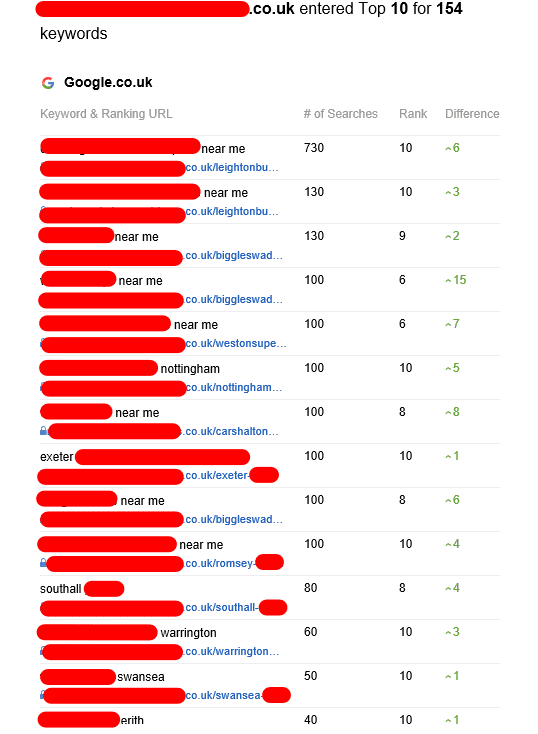Tiered Link Building

Tiered link-building is an increasingly popular SEO technique for building backlinks to increase your site's PageRank. It is a black-hat technique, however, and can result in an infringement penalty from Google.
First-tier links are high-quality, relevant backlinks which drive a lot of PageRank to your site. They typically come through guest posts, press releases, social media profiles, and directories.
Tier 1
Tiered link building allows you to improve the authority of your website by linking to pages that are highly ranked on other websites. This process is called link juice transfer, and it is a very effective method of SEO. Link building tied to a specific topic can be performed manually or by using automated tools. If you employ automation tools, it is essential to follow the rules of Google's Webmaster guidelines. Otherwise, you may end up violating the terms of service and could be penalized.
A first-tier backlink can be described as a dofollow hyperlink that transmits PageRank value to the targeted website from its parent site. These links can be obtained by composing relevant content and engaging in link outreach. It is ideal to obtain links from reliable sources that have a high domain authority. For instance, a top-tier link to Real Business could be useful in your field since it could provide a significant amount of authority to rank your site.
Second-tier links can be used to increase the authority of your domain by directing them to guest blog posts on more popular websites. This is a great method to boost your rankings because it signals that you have a solid connection with the higher authority website. These links can be found via forums, social media and bio profile links. It is recommended to avoid Tier 2 backlinks that come from websites that have spammy content.
Tier 2
Tier 2 backlinks are an excellent method to increase the strength of your existing links. These links can improve your Google ranking and boost the number of visitors to your website. Tier 2 backlinks are also less expensive than first-tier backlinks. It is recommended to only build Tier 2 backlinks for pages with high domain authority. Your campaign will be successful if choose the best link-building strategies.
Quality is less important for tier 2 links than it is for the first-tier. You can even use links from sites that have lower authority in the domain, as long as they aren't viewed as spammy. This includes directories, review sites, and social bookmarking websites. Also, forums links as well as web 2.0 links. It is important to avoid using automated tools for tier 2 backlinks, as they can be easily recognized by search engines.
When selecting a tier 2 donor site It is essential to select one that has an excellent reputation and is relevant to your topic. For instance, if you're writing about digital marketing agencies you must look for a site that has an excellent SEO profile and an extensive online audience. You could waste time and money if you don't. That's why it is best to select a tier 2 donor site with a DR that is between 20 and 50.
Tier 3
Generally, tier 2 backlinks are used to power existing links that already have page-level power. They can also be used to boost the authority of new sites or blog posts that require an extra boost to rank on Google. You should be cautious when using Tier 2 backlinks. It is not recommended to use tier 2 links for direct links to the money site. Instead it is recommended to build them using quality sites that have a high domain authority.
Second-tier hyperlinks can be a mixture of nonfollow and dofollow links and should be sourced from trustworthy, relevant websites. This includes PBNs and article directories, forum discussions as well as social media posts and web 2.0 websites. It is crucial to remember that you must adhere to Google's guidelines for creating links on this type of site.
Tier 3 links are among the lowest quality links that you can use in your link building strategy. They're often nofollow and don't have much link equity, but they can boost your site's domain authority. This can help it to rank higher in search results, which could result in increased traffic and sales.
Many SEO practitioners are now using tier-based linkbuilding, however there are some risks. It's considered an illegal method that is in violation of Google guidelines and could result in penalties. While it can be effective in certain circumstances however, it's crucial to do your research and select a strategy that works best for your business.
Risks
Tiered link building is a controversial strategy that could be detrimental to your site's SEO. tier 1 backlink work only when they're your only option to increase your backlink profile, and you have enough resources to accomplish this. Otherwise you could end up causing a swarm of spam to Google's algorithm and risking the possibility of being penalized.
The use of tier links is an extremely risky venture, particularly when you are using a black-hat method. Black-hat methods usually involve link schemes that can be very short-lived. Google will eventually get used to your scheme, or you'll be tired of maintaining fake backlinks.
The possibility that tiered links may cause harm to your rankings due to the distribution of too many link juices is another issue. If you're receiving too many links from low-quality websites, your metrics will go down. This happens when companies utilize automated backlinking tools to build up too many links.
Then, tiered links are difficult to track and monitor. It is crucial to use a tool which lets you view all links in your backlink profile, so you can keep tabs on how they're performing. Otherwise, it's possible to ignore certain hyperlinks and miss their value. The good news is that there are many white hat ways to build your backlinks, and the results can last a long time.
